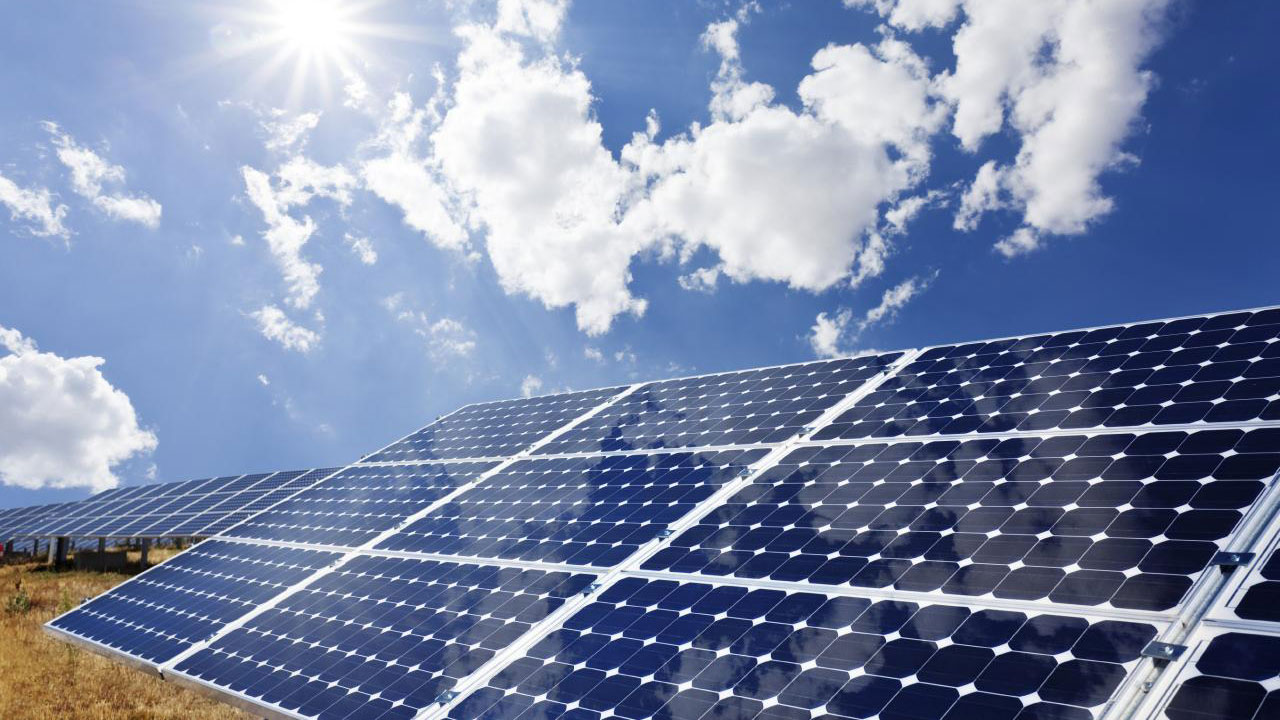Zimbabwe has launched a tender for the construction of solar parks with a total capacity of 235 MW, in line with the nation’s goal to diversify its energy mix, putting an emphasis on renewable energy.
The projects tender which was issued by the Infrastructure Development Bank of Zimbabwe (IDBZ) include; construction of two 50-MW solar parks in Marondera, Mashonaland East Province, and in Kwekwe, in the Midlands Province, respectively. Two additional 50-MW PV farms will be installed in Bulilima District, Matabeleland South Province and in the Kusile District of Matabeleland North Province.
Also Read:Nigeria inaugurates largest off-grid solar hybrid power plant in Africa
Solar projects
The tender also covers a 10 MW scheme is planned to generate electricity for the national grid at an unspecified location, a 20 MW plant will be developed in Gutu, Masvingo and a 5 MW asset will be deployed at the National University of Science and Technology. The projects are currently either in the preparation or planning stages.
Additionally, IDBZ is also awaiting bids for two mini-hydro projects at Osborne Dam and Odzani River. Both of them will supply power to the national grid. Zimbabwe is in a desperate need of new power generation capacity and solar offers a cheap, scalable solution.
Energy crisis
The country is currently facing an unprecedented energy crisis. The current cause of the power shortages can be attributed to a combination of ageing power plant, and a
transmission and distribution network which have suffered years of neglect and minimal
maintenance, unsupported and under-performing renewable sector. According latest statistics released by the International Renewable Energy Agency, the country had only 11 MW of installed solar capacity at the end of December.
However, Zimbabwe presents immense investment opportunities. 26 billion tonnes of coal reserves are available for power generation, translating to an estimated 8 000 years of use at the current consumption of 3 million tonnes per annum. This results to room for power generation capacity to be enhanced through participation by foreign investors.

